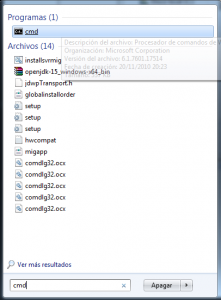

If you need to install it, check out the Python homepage, or install it with homebrew ( brew install python3) on OS X or your favorite Linux package manager.

If you are using OS X, download Xcode and install it. Then install the command-line tools by entering the following command in the terminal: xcode-select -install. Install Qt Librariesįirst we need to download and install the Qt libraries: This adds a number of tools to your system, such as make, git, gcc, c++ and g++. I’d recommend to install Qt into the directory /opt/qt. The installation requires about 14 GB of disk space, and includes a number of apps and utilities: PyQt5 is a toolkit for creating Python GUI applications.
#Pip install pyqt5 creator code
Qt Creator.app - a complete IDE with a graphical GUI designer and code editor ( more).5.6/clang_64/bin/Designer.app - the GUI designer.5.6/clang_64/bin/pixeltool.app - a tool to inspect the pixels around the mouse cursor Steps to install pyQt5 (with VS 2012) on Windows: 1) Install the binary file Qt 5.0.2 for Windows 64-bit (VS 2012, 500 MB) from here.2) Get sip-4.14.7 (development snapshot) from here. 3) Extract the file and open the Developer Command Prompt for VS2012. 5.6/clang_64/bin/qmlscene - execute scenes from.Ĥ) Execute these commands (in sip folder): python configure.5.6/clang_64/bin/qtdiag - Prints diagnostic output about the Qt library.Various others such as qmllint, qmlmin, qmlplugindump, qmlprofiler, qmlscene, qmltestrunnerįurthermore the Qt installation includes a number of examples in the Examples subdirectory.


 0 kommentar(er)
0 kommentar(er)
